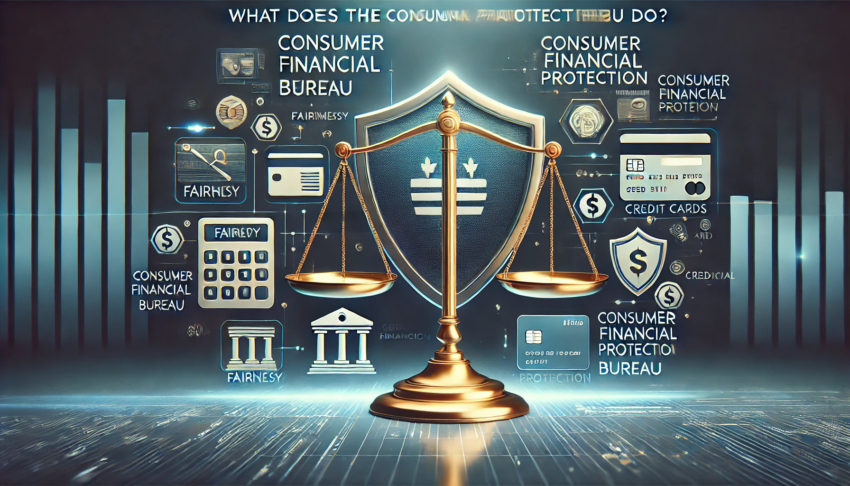Key Takeaway: The Consumer Financial Protection Bureau (CFPB) is a legitimate government agency dedicated to protecting consumers from unfair financial practices. Since its creation in 2010, it has helped millions by enforcing laws, returning billions to wronged consumers, and providing resources for informed financial decisions. However, scammers frequently impersonate the CFPB to trick people into handing over money or personal information. Understanding how the CFPB operates and how to spot imposters ensures you can benefit from its protections without falling victim to fraud.
In today’s financial landscape, consumers often find themselves navigating a maze of complex products and services. The Consumer Financial Protection Bureau (CFPB) was established to serve as a watchdog, ensuring fairness and transparency in the financial industry. But with the rise of scams and imposter schemes, many wonder: Is the CFPB legitimate? Let’s delve into its origins, purpose, and how to distinguish genuine CFPB communications from fraudulent ones.
The Genesis and Mission of the CFPB
The CFPB was created in 2010 under the Dodd-Frank Wall Street Reform and Consumer Protection Act. Its primary mission is to protect consumers from unfair, deceptive, or abusive practices in the financial sector. This includes overseeing banks, credit unions, mortgage companies, and other financial institutions. The bureau provides resources to help consumers make informed financial decisions and takes enforcement actions against entities that violate consumer rights.
Recognizing CFPB Imposter Scams
While the CFPB is a legitimate government agency, scammers often impersonate its officials to deceive the public. These fraudsters may contact individuals claiming they are owed money from a lawsuit or settlement, requesting personal information or upfront fees to process the claim. It’s crucial to recognize that the CFPB will never ask for payment or sensitive personal details over the phone or via email. Any such request is a red flag indicating a scam.
Verifying Authentic CFPB Communications
If you receive correspondence purportedly from the CFPB, consider the following steps to verify its legitimacy:
- Check the Source: Official CFPB communications will come from email addresses ending in
@cfpb.gov. Be wary of variations or misspellings. - Contact Directly: If you’re uncertain about the authenticity of a message, reach out to the CFPB directly through their official website or by calling their consumer hotline.
- No Upfront Fees: The CFPB does not charge consumers for services or assistance. Requests for payment are a clear indication of fraud.
Recent Developments and Public Perception
As of February 2025, the CFPB has faced significant challenges. The current administration has taken steps to dismantle the agency, including freezing operations and terminating numerous employees. Despite these actions, many consumers continue to view the CFPB as a vital protector against abusive financial practices. The bureau has been instrumental in returning billions of dollars to consumers and addressing countless complaints.
Staying Informed and Protected
In an era where financial scams are increasingly sophisticated, it’s essential to stay informed:
- Educate Yourself: Familiarize yourself with common scam tactics and the official procedures of agencies like the CFPB.
- Report Suspicious Activity: If you encounter a potential scam, report it to the appropriate authorities to help protect others.
- Regularly Monitor Accounts: Keep a close eye on your financial statements and credit reports to detect any unauthorized activity early.
In conclusion, the Consumer Financial Protection Bureau is a legitimate and essential agency dedicated to safeguarding consumer interests in the financial sector. However, due to its prominence, it’s also a common target for impersonation by scammers. By staying vigilant and informed, you can protect yourself from fraudulent schemes and continue to benefit from the protections the CFPB offers.
